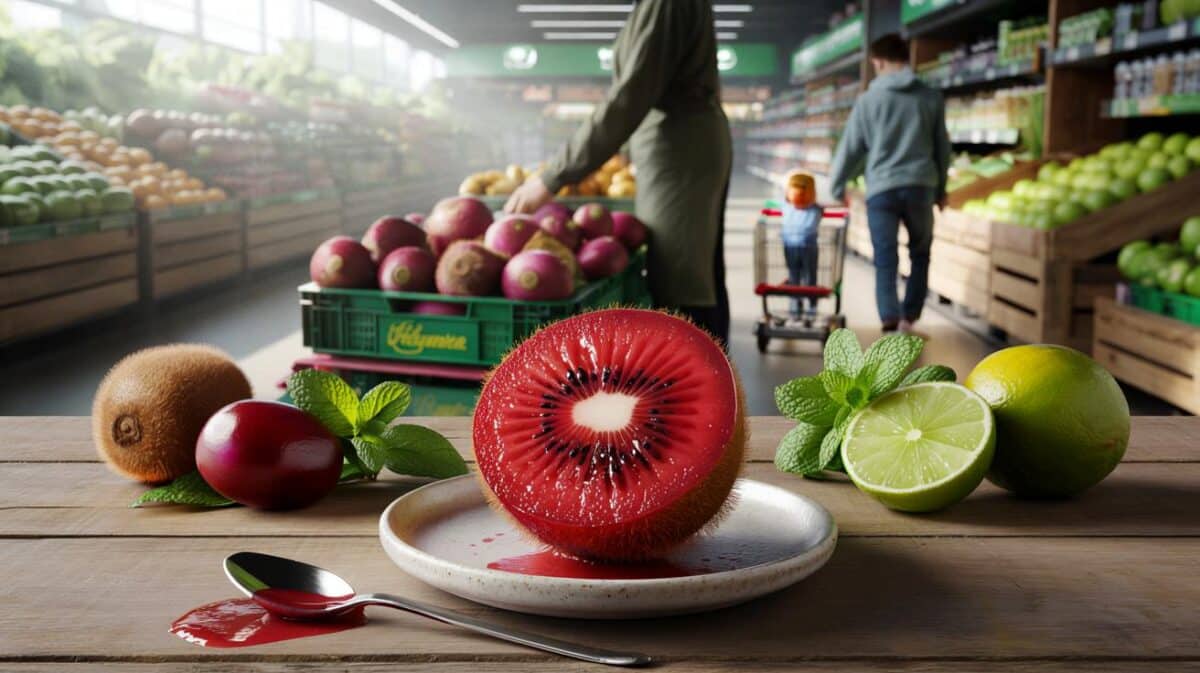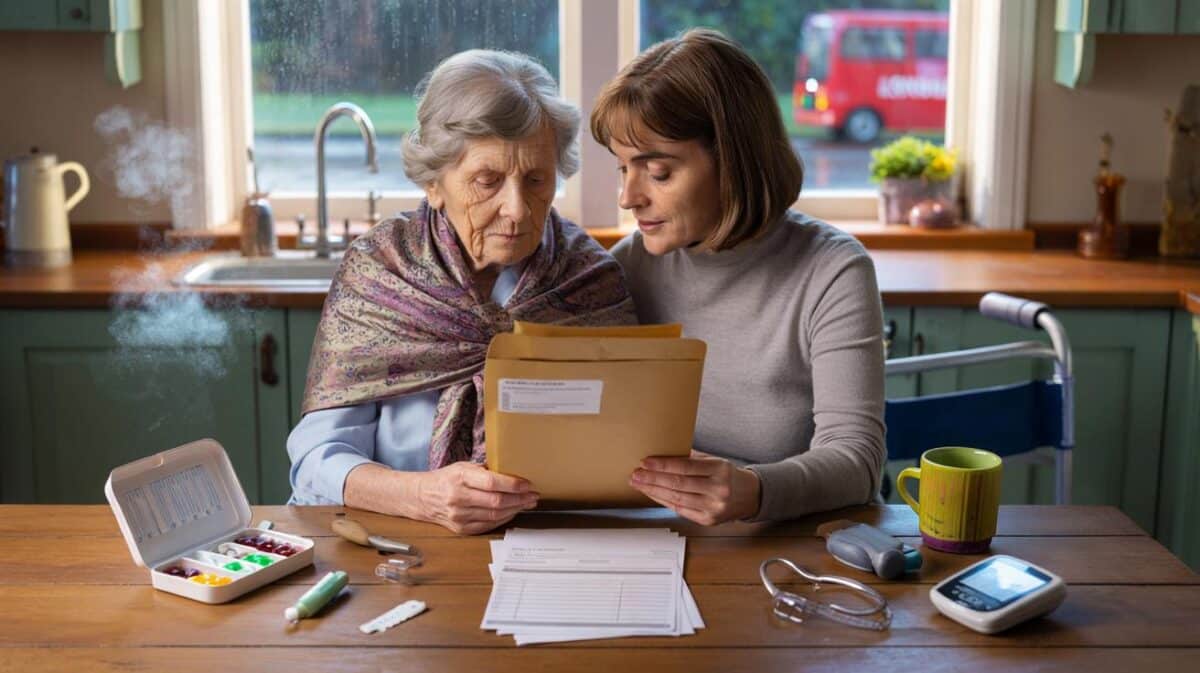That quiet domestic debate just got louder, because Mary Berry has weighed in — and she’s pointing across the Atlantic.
It started in a kitchen that looked like any other: a kettle rattling, a thin winter light over the sink, a blue-and-white bowl of eggs parked proudly by the toaster. My neighbour swore by this bowl. “They taste better,” she said, tapping a shell with the confidence of someone who’s poached more breakfasts than I’ve had birthdays. Then I read Mary Berry’s take — the queen of British baking praising “the American method” for keeping eggs at their peak — and I felt my grip on tradition slip just a touch. I opened the fridge, eyed the door rack, and wondered if I’d been doing it wrong all along. The next morning, I tried something different. The eggs went cold. And quietly, the kitchen rules shifted. She calls it “the American method.”
Why Mary Berry is backing the chill
Mary Berry’s stance is brisk and practical: eggs live longer and behave better when they’re kept cold from the minute you bring them home. For a baker, that consistency counts. Cold storage slows down the things you don’t want — bacteria growth and quality loss — and buys you time during busy weeks.
She’s spent a lifetime coaxing cakes to rise and custards to set, so storage isn’t just theory. Think of it like this: a carton kept at a steady 4°C in the middle shelf will taste clearer, smell cleaner, and fry with a tidier, tighter white after a week than a bowlful that’s been sunbathing by the fruit. It won’t turn a bad egg good, but it keeps a good egg good for longer.
There’s a science-and-supply story here. In the US, eggs are washed and sanitised before sale, which removes their natural “bloom”, so refrigeration isn’t just a preference — it’s standard. In the UK and much of Europe, eggs aren’t washed, and many are vaccinated at the farm, so they can sit at room temperature in shops. At home, though, a steady chill still helps. What ruins eggs fastest is yo-yo temperatures that cause condensation, giving bacteria a shortcut through the shell. Cold, constant and calm wins.
How to do the “American method” at home
Here’s the simple move: put the eggs in the fridge as soon as you get in. Keep them in their original carton, on a middle or lower shelf — not in the door — where the temperature is stable. That cardboard is a quiet hero: it cushions, blocks odours, and lists the date so you don’t guess. Store them pointy-end down to keep the yolk centred and the air cell at the top.
Resist the sink. Washing eggs at home can push water — and whatever rides with it — through the shell. If there’s a smudge, wipe it with a dry paper towel and leave it at that. For baking, let eggs stand on the counter for 30 minutes so they mix smoothly and whip up nicely. Let’s be honest: nobody does that every day. But the fridge-first habit gives you more leeway when life gets messy.
We’ve all had that moment when you crack an egg and pause — is it fine, or is it… questionable? The fridge buys you confidence. Not in the door is the one rule even busy cooks can remember, because that’s the warmest place with the wildest swings. This small, cold habit saves you waste and worry.
“Cold and consistent beats warm and wobbly. Keep eggs in the box, on a stable shelf, and use what you open first.”
- Keep eggs cold: aim for about 4°C; avoid moving them in and out of the fridge.
- Pointed end down: helps the yolk sit proud and fresh.
- Use-by cues: trust the date on the carton; do a gentle float check only if you need a tie-breaker.
- For freezing: beat whole eggs with a pinch of salt or sugar and freeze in labelled portions; never freeze in shells.
What this says about kitchens, culture and common sense
There’s a little culture clash in every carton. American kitchens default to cold because of how eggs are processed; British kitchens have long loved the ceramic bowl on the counter. Mary Berry leaning toward the American method isn’t a scolding — it’s a nudge toward reliability. Cold storage suits the way most of us really cook: a fried egg on a Tuesday, a sponge on Saturday, a quiche next week if plans fall through. You get better odds of a bright yolk, a clean smell, and that neat set in the pan. And if you like to bake with room-temperature eggs, nothing stops you from taking two out ahead of time. The fridge is your ally, not a mood. It keeps options open, which is what home cooking is made of.
| Key point | Detail | Interest for readers |
|---|---|---|
| Refrigerate from day one | Place eggs in their carton on a stable fridge shelf, around 4°C | Longer freshness, better safety, consistent cooking results |
| Avoid the door racks | Temperature swings near the door speed up quality loss | Fewer rubbery whites and sulphury smells after a week |
| Don’t wash, don’t overhandle | Dry-wipe only; water can push microbes through the shell | Simple habit that reduces risk without extra effort |
FAQ :
- Do eggs really last longer in the fridge?Yes. Cold slows down both bacteria growth and the natural ageing that thins the white and flattens the yolk.
- Why not use the built-in racks in my fridge door?The door is the warmest, most fluctuating spot. A middle shelf keeps temperature steady and quality higher.
- Should I wash eggs before storing?No. Moisture can pull microbes in through the shell. If needed, dry-wipe a spot and keep the carton closed.
- Can I still bake with room‑temperature eggs?Absolutely. Take what you need out for 20–30 minutes, then return the rest. Cold storage, warm mixing — best of both.
- Is the float test reliable?It’s a rough guide at best. An egg that floats is older; still crack into a cup and check smell and appearance before using.









